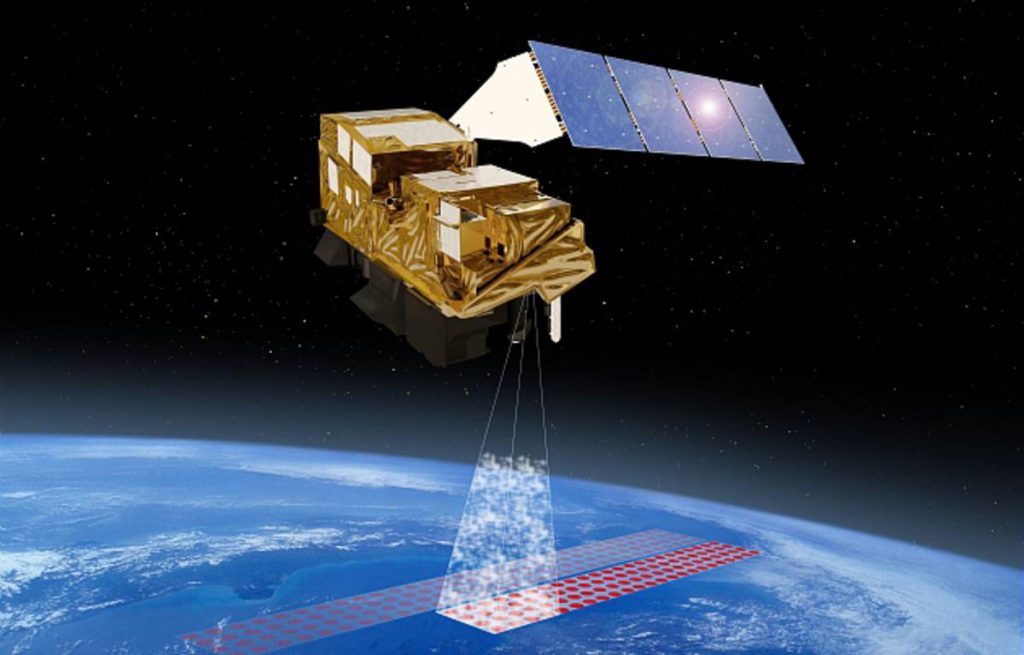
Why the next generation of weather satellites will tear everything apart
Gossip will delight you with more accurate weather reports. Scientists and forecasters are frankly excited. The first satellite weather report The second generation of Europeans, MetOp-SG with its little name, are assembled in clean rooms Airbus Defense and Space (ADS) and will be launched “in October or November 2024”. No longer by a Russian Soyuz bomber, but by an Ariane 6, given the new international context.
“It will be one of the most accurate missions ever launched to study the atmosphere,” says Cyril Crevoisier, CNRS research director at the Laboratory of Dynamic Meteorology (LMB) in Toulouse. Because, while using the same infrared techniques to probe the atmosphere, an “area where the French excel,” it is simply declared “double the efficiency” and accuracy of the first wave of satellites. Thanks to a new generation (NG) of its flagship instrument – the IASI, the Atmospheric Sounding Interferometer in Infrared – a ‘gem of technology’ developed by engineers from CNES and Airbus, and currently being integrated into ADS in Toulouse.
embedded satellite, IASI-NG It will make it possible to examine the entire Earth’s atmosphere twice every 24 hours, from top to bottom, in strips 2,400 km long and 100 km wide. “By providing parameters such as temperature plumes or water vapor, it will feed and improve Météo-France forecast models for several days,” asserts François Bermudeau, project manager at the French National Center for Space Studies. But the instrument will also be able to more accurately track polluting atmospheric particles. “Like ammonia in the event of an industrial fire,” says Cathy Clearbox, of the Laboratory for Meteorology and Astronomy (LATMOs). or ash during volcanic eruptions.
Dormant for 15 years
As for climatologists like Cyril Crevoisier, they will be able to study long-term climate change, using “very weak temperature signals, sometimes up to a hundredth of a degree.” “From the launch of the first IASI in 2006 to the last IASI-NG scheduled for 2038, we will have a 50-year program for observing the atmosphere using the same type of instrument. So data homogeneity,” explains the researcher.
In addition to the expected performance, IASI-NG has this originality that will be produced one by one in triplicate, for three second-generation MetOp satellites operated by the European Organization for the Exploitation of Meteorological Satellites (Eumetsat). So the last machine would lie dormant for 15 years, waiting for it to fly.

“Incurable web evangelist. Hipster-friendly gamer. Award-winning entrepreneur. Falls down a lot.”
